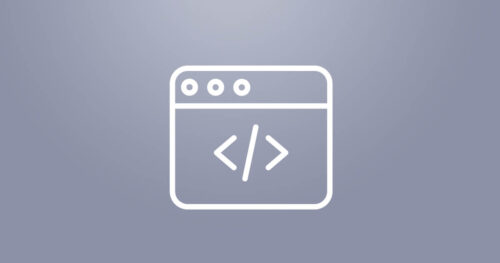This Java Performance Tuning training teaches performance tuning concepts applicable to the Java programming language. Learn the conceptual background for Java garbage collection, how it applies to Java garbage collectors on the Hotspot JVM, and more.
This Java Performance Tuning training teaches performance tuning concepts applicable to the Java programming language. Expert Oracle University instructors will teach you how it applies to Java garbage collectors on the Hotspot JVM, including the G1 garbage collector.
Learn To:
- Monitor, profile and tune your Java applications.
- Use command line and visual tools to perform these tasks.
- Get hands on practice with Visual VM, Java Mission Control, Flight Recorder and the NetBeans IDE.
- Use these tools and techniques to analyze Java 7 and earlier JVMs.
- Effectively apply tools like Java Mission Control and Flight Recorder to your daily work.
Benefits to You:
Learn how Java garbage collection works and how it affects your applications. Learn how to select the appropriate garbage collector and performance goal for your applications. Finally, use the Mission Control and Java Flight Recorder tools to monitor and analyze your applications.
A Live Virtual Class (LVC) is exclusively for registered students; unregistered individuals may not view an LVC at any time. Registered students must view the class from the country listed in the registration form. Unauthorized recording, copying, or transmission of LVC content may not be made.



